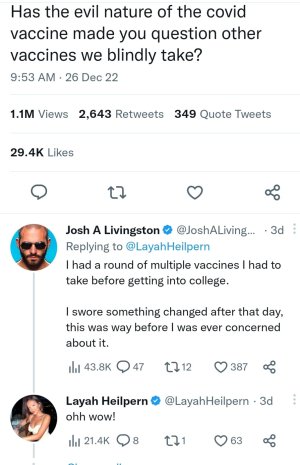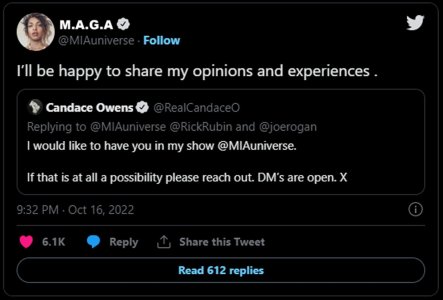This guy was likely posted here before
Great insights snd retweets. Too much to post here.
—-
For the states refusing to shutdown, are they naturally decreasing on their own? Why aren’t things running wild in some area? I’ve always been intrigued by this. Wisconsin went from a top surge spot in America, same with ND. And their measures were minimal, if at all. Sadly we’re going to come to find NYC not peaking until after the holidays. Even with shutdowns, this one feels uncontrollable.
A detailed county map shows the extent of the coronavirus outbreak, with tables of the number of cases by county.
www.nytimes.com
Some states on the declining list literally did nothing. And some went full on lockdown. Almost same result
Yeah it's complicated and I haven't seen a succinct explanation to tie it all together.
Here's my take. I think there's a lot of factors, and it's very difficult to directly link one variable with the outcome because so many other things could be changing or at play.
For example, how much would a mask mandate help? It depends. If the population is already paying attention and workplaces, stores, and schools are already requiring masks, well it doesn't really matter if the city or state imposes a mask mandate.
Same for indoor dining. In March, everybody stopped going out to eat, regardless of whether restrictions were in place. People also stopped seeing friends or riding public transportation. Contrast this with November, when restrictions were put in place but people were still seeing friends and gathering.
The other big factor is the idea of critical mass. It seems covid-19 can smolder in a community for a while without causing much damage. However, once it hits the right superspreader, then it takes off and can go from 10 cases to 1000 cases in a week. Put another way -- normally covid would go from 2 to 4 to 8 to 16 to 32 people. But throw in a superspreader, and it goes from 2 to 100, then that goes to 200 to 400 to 800. It makes sense then that, in a dense place like NYC, it's going to hit those superspreaders quickly, so we get a spike in March. In North Dakota, though, it may take months before it hits that superspreader, which didn't happen until September.
And then, when family and friends start getting sick and going to the ICU, it doesn't matter what the governor says or whether things are open or not. People start getting scared and people stay home. I mentioned this before -- the day Trump went to the hospital with covid-19 is the first day I saw everybody wearing masks... outdoors. These dynamics operate largely independently of mandates, and they evolve predictably once an area gets hit hard.
Whether a city or state is on top of things with restrictions and vigilance and masks and stuff, we're still going to see a peak, like those numbers climbing in New York, but it may make the difference between 800 people dying each day in April and 80 dying each day in December.












































